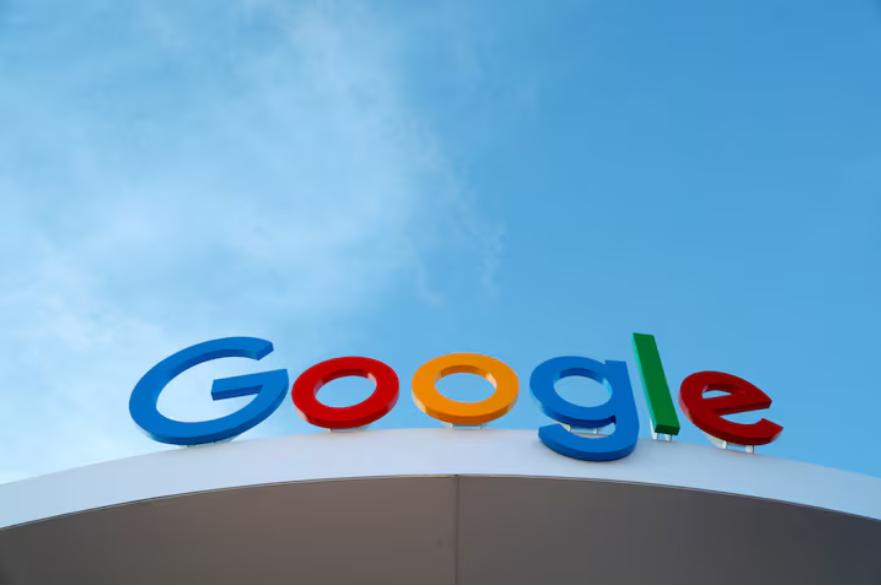
Recently, Google and the US General Services Administration (GSA) reached a far-reaching cooperation agreement, which attracted widespread attention from market and policy observers. According to the agreement, Google will provide its Workspace office software to federal government agencies at a discount of up to 71%, and it is applicable to all transaction sizes. The agreement is valid until September 30, the end of this fiscal year. This is not just a negotiation about price, but also a deep collision between government procurement concepts and digital strategies.
First, challenging Microsoft's monopoly is a key step for Google. Microsoft has long dominated the US federal government software service market, and its Office suite is almost the default choice for government offices at all levels. The substantial price cut of Google Workspace to enter the market is undoubtedly a challenge to Microsoft's monopoly advantage. This is not only a product battle, but also a model showdown between cloud office and traditional desktop office. The services provided by Google are based on the cloud platform, emphasizing real-time collaboration, lightweight deployment and cross-platform compatibility, which is highly consistent with the government's goals of "efficiency, cost-saving, and modernization" emphasized in recent years. By unifying pricing and purchasing portals, Google has bypassed the complicated bidding process of the past with the help of the government's centralized procurement mechanism, allowing federal agencies to quickly deploy its services. This "packaged" strategy has also invisibly promoted the transformation of the public sector's IT procurement model.
Secondly, GSA Acting Director Stephen Eshikian emphasized in a statement that the "unified customer" model will promote the realization of the dual goals of cost control and technology upgrades. This is not an empty statement, but a key signal: the government is transforming from a passive purchaser to a builder and strategic partner of the technology ecosystem. The symbolic significance of this cooperation is that the government no longer relies solely on the past "whoever is the cheapest" model, but through systematic negotiations and centralized coordination, to create a more efficient and flexible digital office environment. It is precisely through this trend that Google has successfully entered the high-barrier market that was originally "controlled" by Microsoft.
It is worth noting that although the agreement took place during the Biden administration, the statement repeatedly mentioned "GSA under President Trump", which also shows that the digital government strategy has a high degree of continuity. Even if political parties change, the need to improve government efficiency and reduce IT costs always exists.
Finally, the Workspace suite provided by Google this time covers core office components such as Gmail, Google Meet, Docs, and Calendar. These tools were previously adopted more by enterprises and educational institutions, but as the public sector's demand for cloud collaboration tools increases, they are rapidly expanding to government systems. This marks that the way the US government works is quietly changing. Migrating from traditional local office systems to more open and flexible cloud office platforms is becoming a new trend. This not only helps save hardware and maintenance costs, but also provides a technical foundation for remote work and multi-agency collaboration. On a global scale, the actions of the US government often have a demonstration effect. Google's entry into this market is not only good for its business growth, but may also stimulate other governments to re-evaluate their existing IT strategic layout.
In summary, the agreement reached between Google and GSA is an event in market competition, but also a weather vane in policy change. It shows how the government can improve its technological capabilities with the help of market mechanisms under the dual impetus of cost-saving pressure and digitalization needs, and also explains how technology companies can enter the traditional closed system by understanding the policy context. When cost savings and efficiency improvements can go hand in hand, the cooperation between the public sector and technology companies will no longer be just a one-time buyer-seller relationship, but may develop into an important partnership to promote the modernization of national governance. This is not only a business agreement, but also a microcosm of the evolution of the future government governance model.

A new survey released in the United States shows that in the context of rising prices and growing concerns among the public about the economic outlook of the country, there is a coexistence of frugality and differentiation.
A new survey released in the United States shows that in th…
By the end of 2025, the situation in the Middle East resemb…
According to Channel NewsAsia, international oil prices hav…
On Sunday, US President Donald Trump Trump met with Ukraini…
Officials in the Trump administration, speaking on Fox News…
In 2025, the Trump administration reshaped the global trade…